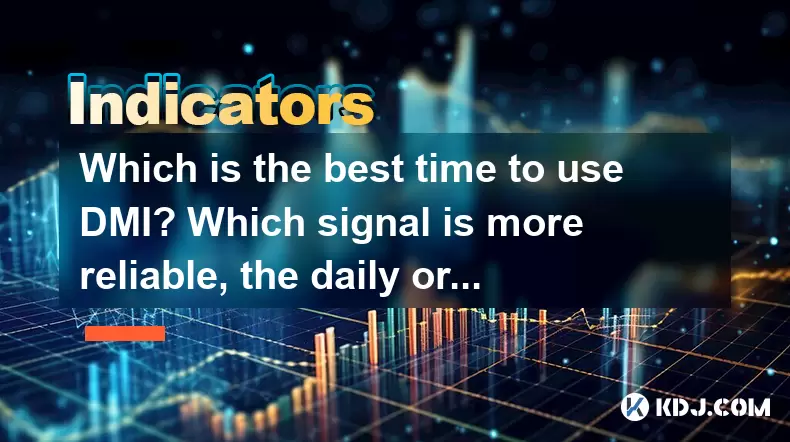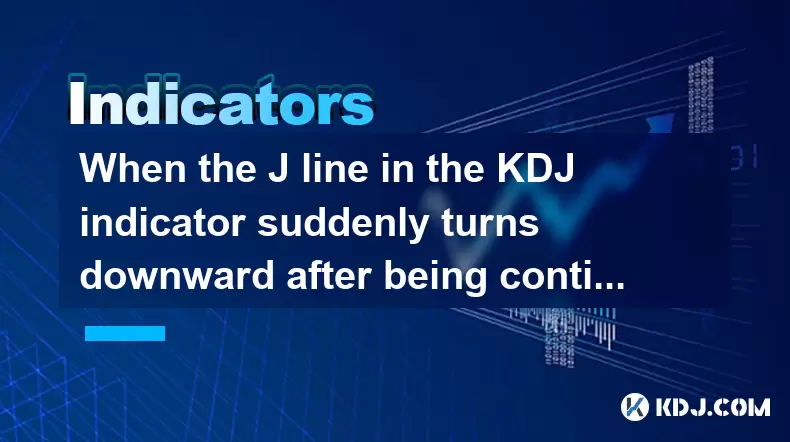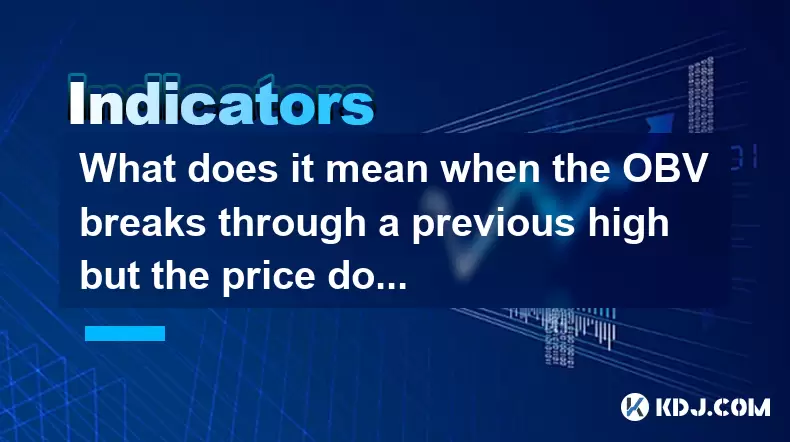-
 Bitcoin
Bitcoin $116700
0.24% -
 Ethereum
Ethereum $3973
4.34% -
 XRP
XRP $3.283
7.68% -
 Tether USDt
Tether USDt $1.000
0.01% -
 BNB
BNB $789.8
2.27% -
 Solana
Solana $176.2
3.31% -
 USDC
USDC $0.9999
0.00% -
 Dogecoin
Dogecoin $0.2238
5.14% -
 TRON
TRON $0.3389
-0.51% -
 Cardano
Cardano $0.7907
4.03% -
 Stellar
Stellar $0.4527
10.02% -
 Hyperliquid
Hyperliquid $41.07
4.27% -
 Sui
Sui $3.794
1.77% -
 Chainlink
Chainlink $19.49
10.40% -
 Bitcoin Cash
Bitcoin Cash $580.9
0.74% -
 Hedera
Hedera $0.2617
4.32% -
 Avalanche
Avalanche $23.41
3.67% -
 Ethena USDe
Ethena USDe $1.001
-0.03% -
 Litecoin
Litecoin $122.4
1.38% -
 Toncoin
Toncoin $3.364
1.49% -
 UNUS SED LEO
UNUS SED LEO $8.988
0.37% -
 Shiba Inu
Shiba Inu $0.00001295
2.82% -
 Uniswap
Uniswap $10.62
5.75% -
 Polkadot
Polkadot $3.922
4.46% -
 Dai
Dai $1.000
0.01% -
 Bitget Token
Bitget Token $4.494
2.15% -
 Monero
Monero $268.0
-1.30% -
 Cronos
Cronos $0.1523
3.68% -
 Pepe
Pepe $0.00001127
4.43% -
 Aave
Aave $285.4
4.85%
Which is the best time to use DMI? Which signal is more reliable, the daily or the weekly?
The DMI is most effective during strong trends (ADX > 25) and breakouts, helping traders confirm trends and identify entry/exit points in the crypto market.
Jun 01, 2025 at 11:43 pm

The Directional Movement Index (DMI) is a popular technical analysis tool used by traders in the cryptocurrency market to gauge the strength of a trend and to identify potential entry and exit points. Understanding when and how to use the DMI effectively can significantly enhance a trader's ability to make informed decisions. In this article, we will delve into the best times to use the DMI, and compare the reliability of daily versus weekly DMI signals.
Understanding the DMI
Before we discuss the best times to use the DMI, it's important to understand what the DMI is and how it works. The DMI consists of three lines: the Positive Directional Indicator (+DI), the Negative Directional Indicator (-DI), and the Average Directional Index (ADX). The +DI and -DI lines help traders identify the direction of the trend, while the ADX line measures the strength of the trend.
- +DI indicates the presence of an uptrend when it is above the -DI.
- -DI indicates the presence of a downtrend when it is above the +DI.
- ADX values above 25 typically suggest a strong trend, while values below 20 suggest a weak trend or a ranging market.
Best Time to Use DMI
The effectiveness of the DMI can vary depending on the time frame and market conditions. The DMI is most useful when the market is trending, as it helps traders confirm the trend's direction and strength. Here are some scenarios where the DMI can be particularly effective:
During Strong Trends
When the market is experiencing a strong trend, the DMI can be a valuable tool. A strong trend is typically indicated by an ADX value above 25. In such cases, traders can use the DMI to confirm the trend and identify potential entry and exit points.
- If the +DI is above the -DI and the ADX is above 25, it suggests a strong uptrend. Traders might consider buying or holding long positions.
- If the -DI is above the +DI and the ADX is above 25, it suggests a strong downtrend. Traders might consider selling or holding short positions.
During Breakouts
The DMI can also be useful during breakout scenarios. A breakout occurs when the price moves above a resistance level or below a support level, often signaling the start of a new trend. Traders can use the DMI to confirm the breakout and gauge its strength.
- If the +DI crosses above the -DI and the ADX starts to rise, it can confirm a bullish breakout.
- If the -DI crosses above the +DI and the ADX starts to rise, it can confirm a bearish breakout.
During Ranging Markets
While the DMI is primarily used for trending markets, it can also provide insights during ranging or sideways markets. In a ranging market, the ADX will typically be below 20. Traders can use this information to avoid entering trades based on false breakouts.
- If the ADX is below 20, it suggests a weak trend or a ranging market. Traders might consider staying out of the market or using range-bound strategies.
Daily vs. Weekly DMI Signals
When it comes to the reliability of DMI signals, traders often debate whether daily or weekly signals are more effective. The choice between daily and weekly DMI signals depends on a trader's trading style and time horizon.
Daily DMI Signals
Daily DMI signals are more suitable for short-term traders who are looking to capitalize on short-term trends. These signals can provide more frequent trading opportunities but may be more susceptible to market noise and false signals.
- Advantages: Daily DMI signals can help traders identify short-term trends and potential entry and exit points more quickly.
- Disadvantages: Daily signals may be less reliable due to increased market volatility and noise.
Weekly DMI Signals
Weekly DMI signals are more suitable for long-term traders who are looking to capitalize on longer-term trends. These signals are less frequent but tend to be more reliable as they filter out short-term market noise.
- Advantages: Weekly DMI signals can help traders identify more significant trends and reduce the impact of short-term market fluctuations.
- Disadvantages: Weekly signals may result in fewer trading opportunities and require more patience.
How to Use DMI Effectively
To use the DMI effectively, traders should follow a systematic approach. Here are some steps to consider:
Setting Up the DMI
- Choose the appropriate time frame based on your trading style. Short-term traders might use a daily chart, while long-term traders might use a weekly chart.
- Add the DMI indicator to your chart. Most trading platforms will have the DMI as a built-in indicator.
- Adjust the settings if necessary. The default setting for the DMI is typically 14 periods, but traders can adjust this to suit their needs.
Interpreting the DMI
- Monitor the +DI and -DI lines to determine the trend direction. If the +DI is above the -DI, it suggests an uptrend. If the -DI is above the +DI, it suggests a downtrend.
- Watch the ADX line to gauge the trend's strength. An ADX above 25 suggests a strong trend, while an ADX below 20 suggests a weak trend or a ranging market.
- Look for crossovers between the +DI and -DI lines. A bullish crossover occurs when the +DI crosses above the -DI, while a bearish crossover occurs when the -DI crosses above the +DI.
Making Trading Decisions
- Confirm the trend using the DMI. If the DMI confirms a strong trend, consider entering a trade in the direction of the trend.
- Set entry and exit points based on the DMI signals. For example, enter a long position when the +DI crosses above the -DI and the ADX is rising.
- Use other technical indicators to confirm the DMI signals. Indicators such as moving averages, RSI, and MACD can provide additional confirmation.
Combining DMI with Other Indicators
While the DMI can be a powerful tool on its own, combining it with other technical indicators can enhance its effectiveness. Here are some popular combinations:
DMI and Moving Averages
- Use moving averages to confirm the trend identified by the DMI. For example, if the DMI suggests an uptrend and the price is above a long-term moving average, it can provide additional confirmation.
- Look for crossovers between short-term and long-term moving averages to confirm DMI signals. A bullish crossover of moving averages can confirm a bullish DMI signal, while a bearish crossover can confirm a bearish DMI signal.
DMI and RSI
- Use the Relative Strength Index (RSI) to confirm the strength of the trend identified by the DMI. For example, if the DMI suggests a strong uptrend and the RSI is above 50, it can provide additional confirmation.
- Watch for divergences between the RSI and price to identify potential reversals. If the DMI suggests a strong trend but the RSI is showing divergence, it may indicate a potential reversal.
DMI and MACD
- Use the Moving Average Convergence Divergence (MACD) to confirm the trend identified by the DMI. For example, if the DMI suggests an uptrend and the MACD is positive, it can provide additional confirmation.
- Look for crossovers between the MACD line and the signal line to confirm DMI signals. A bullish crossover of the MACD can confirm a bullish DMI signal, while a bearish crossover can confirm a bearish DMI signal.
FAQs
Can the DMI be used for all cryptocurrencies?
Yes, the DMI can be used for all cryptocurrencies. However, its effectiveness may vary depending on the liquidity and volatility of the specific cryptocurrency. More liquid and less volatile cryptocurrencies tend to produce more reliable DMI signals.
How do I handle conflicting signals between the daily and weekly DMI?
When faced with conflicting signals between the daily and weekly DMI, consider your trading time frame and risk tolerance. If you are a short-term trader, you might prioritize the daily DMI signals. If you are a long-term trader, you might prioritize the weekly DMI signals. Additionally, using other technical indicators can help confirm the more reliable signal.
Is the DMI suitable for beginners?
The DMI can be suitable for beginners, but it requires a good understanding of technical analysis. Beginners should start by learning the basics of the DMI and practicing with a demo account before using it in live trading. Combining the DMI with simpler indicators like moving averages can also help beginners gain confidence in their trading decisions.
Can the DMI be used in conjunction with fundamental analysis?
Yes, the DMI can be used in conjunction with fundamental analysis. While the DMI focuses on technical aspects, fundamental analysis can provide insights into the underlying value and potential of a cryptocurrency. Combining both approaches can help traders make more informed decisions.
Disclaimer:info@kdj.com
The information provided is not trading advice. kdj.com does not assume any responsibility for any investments made based on the information provided in this article. Cryptocurrencies are highly volatile and it is highly recommended that you invest with caution after thorough research!
If you believe that the content used on this website infringes your copyright, please contact us immediately (info@kdj.com) and we will delete it promptly.
- Navigating the Crypto Market in 2025: Smart Decisions for the Meme Supercycle
- 2025-08-09 08:50:12
- DeFi, Tokenized Stocks, and NFTs: A Wild Ride in the Crypto Cosmos
- 2025-08-09 08:30:11
- AERO Price Skyrockets: Aerodrome Finance Sees Massive Surge Amid Coinbase Buzz
- 2025-08-09 08:55:19
- Coinbase, Cosmos, and dYdX: Navigating the Crypto Currents
- 2025-08-09 06:30:16
- BNB Price, Altcoins, and Predictions: What's the Buzz?
- 2025-08-09 06:30:16
- Crypto Presale Projects Primed for Gains in 2025: A New Yorker's Take
- 2025-08-09 06:50:15
Related knowledge

What does it mean when the Williams' oscillator repeatedly hits bottoms but fails to rebound?
Aug 09,2025 at 09:28am
Understanding the Williams %R OscillatorThe Williams %R oscillator, developed by Larry Williams, is a momentum indicator used in technical analysis to...

When the J line in the KDJ indicator suddenly turns downward after being continuously overbought, does it indicate a top?
Aug 09,2025 at 06:35am
Understanding the KDJ Indicator and Its ComponentsThe KDJ indicator is a momentum oscillator widely used in cryptocurrency technical analysis to ident...

What does it mean when the TRIX indicator suddenly diverges downward after a long period of convergence?
Aug 09,2025 at 12:56am
Understanding the TRIX Indicator in Cryptocurrency TradingThe TRIX indicator, or Triple Exponential Average, is a momentum oscillator used in technica...

What does it mean when the OBV breaks through a previous high but the price doesn't reach a new high?
Aug 09,2025 at 07:57am
Understanding the On-Balance Volume (OBV) IndicatorThe On-Balance Volume (OBV) is a technical analysis indicator that uses volume flow to predict chan...

Why is the rise limited after a MACD bottoming divergence?
Aug 09,2025 at 12:07am
Understanding MACD Bottoming Divergence in Cryptocurrency TradingThe MACD (Moving Average Convergence Divergence) is a widely used technical indicator...

What does it mean when the OBV continues to rise but the price is trading sideways?
Aug 08,2025 at 10:35pm
Understanding On-Balance Volume (OBV)On-Balance Volume (OBV) is a technical indicator that uses volume flow to predict changes in stock or cryptocurre...

What does it mean when the Williams' oscillator repeatedly hits bottoms but fails to rebound?
Aug 09,2025 at 09:28am
Understanding the Williams %R OscillatorThe Williams %R oscillator, developed by Larry Williams, is a momentum indicator used in technical analysis to...

When the J line in the KDJ indicator suddenly turns downward after being continuously overbought, does it indicate a top?
Aug 09,2025 at 06:35am
Understanding the KDJ Indicator and Its ComponentsThe KDJ indicator is a momentum oscillator widely used in cryptocurrency technical analysis to ident...

What does it mean when the TRIX indicator suddenly diverges downward after a long period of convergence?
Aug 09,2025 at 12:56am
Understanding the TRIX Indicator in Cryptocurrency TradingThe TRIX indicator, or Triple Exponential Average, is a momentum oscillator used in technica...

What does it mean when the OBV breaks through a previous high but the price doesn't reach a new high?
Aug 09,2025 at 07:57am
Understanding the On-Balance Volume (OBV) IndicatorThe On-Balance Volume (OBV) is a technical analysis indicator that uses volume flow to predict chan...

Why is the rise limited after a MACD bottoming divergence?
Aug 09,2025 at 12:07am
Understanding MACD Bottoming Divergence in Cryptocurrency TradingThe MACD (Moving Average Convergence Divergence) is a widely used technical indicator...

What does it mean when the OBV continues to rise but the price is trading sideways?
Aug 08,2025 at 10:35pm
Understanding On-Balance Volume (OBV)On-Balance Volume (OBV) is a technical indicator that uses volume flow to predict changes in stock or cryptocurre...
See all articles

























































































